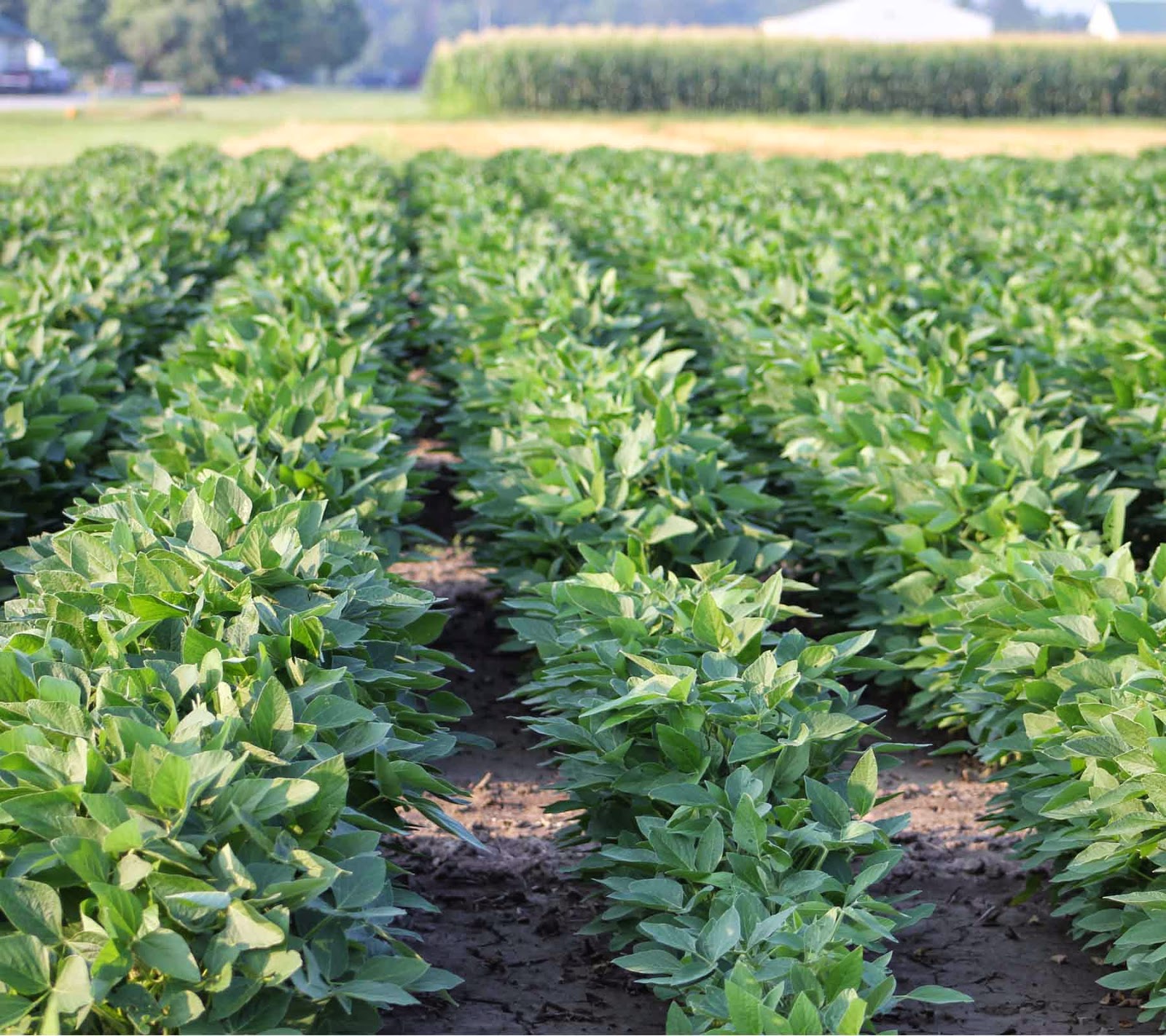 |
Overall goals of our extension and research team are to improve the production of soybeans and small grains while maintaining economic viability, environmental stewardship, and social responsibility. To this end, we evaluate various cultural practices, new and upcoming inputs, and integrated management. Key areas of interest include: precision management of resources and practices; integration of soil characteristics, nutrient inputs, and crop physiology; and the influence of agronomic practices on yield physiology of first crop and double crop soybean systems (winter wheat and cover crop).

What does 2.0 beans translate into days, Why are corn varieties done in days and soybeans in maturity groups,
ReplyDelete